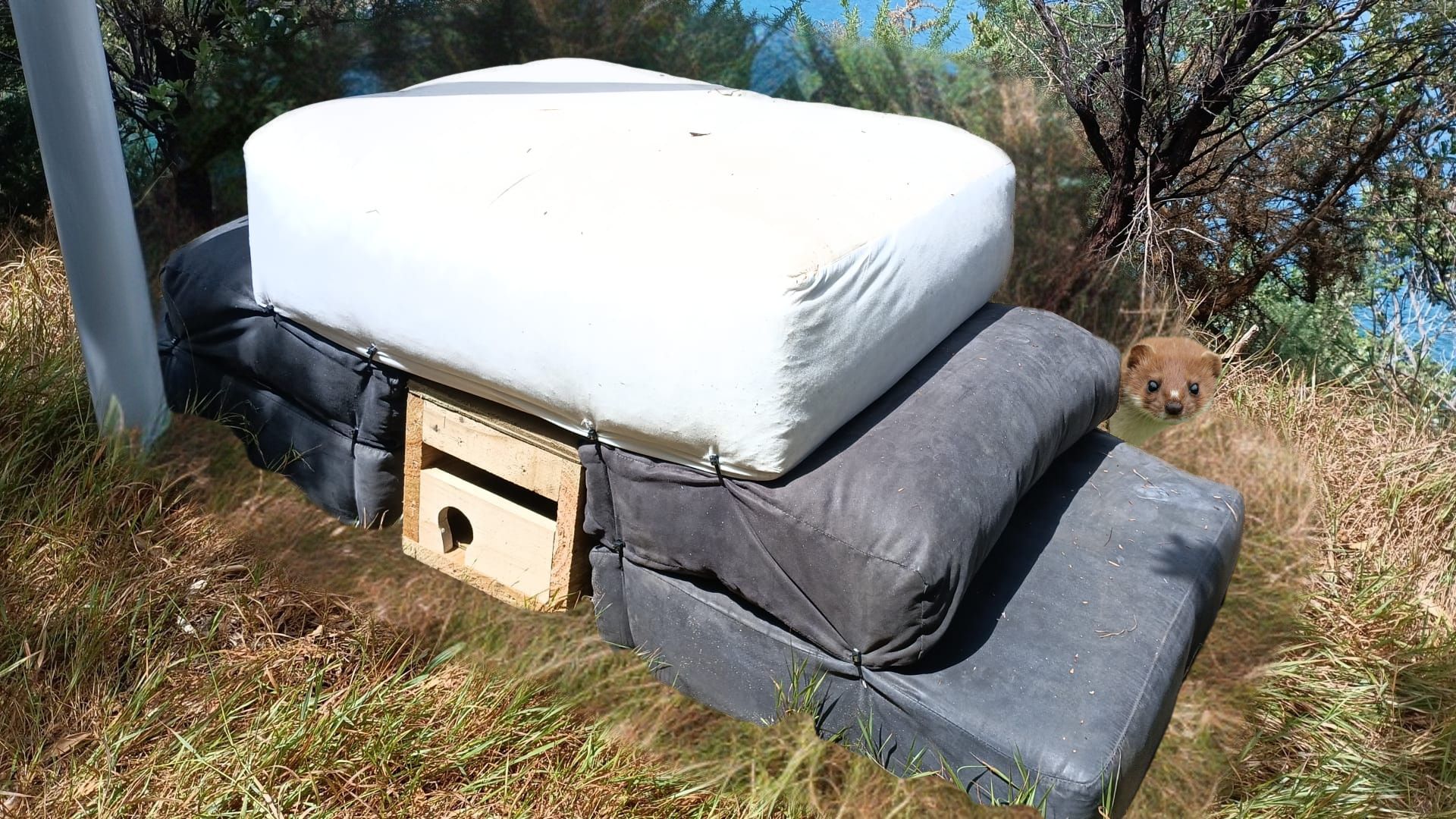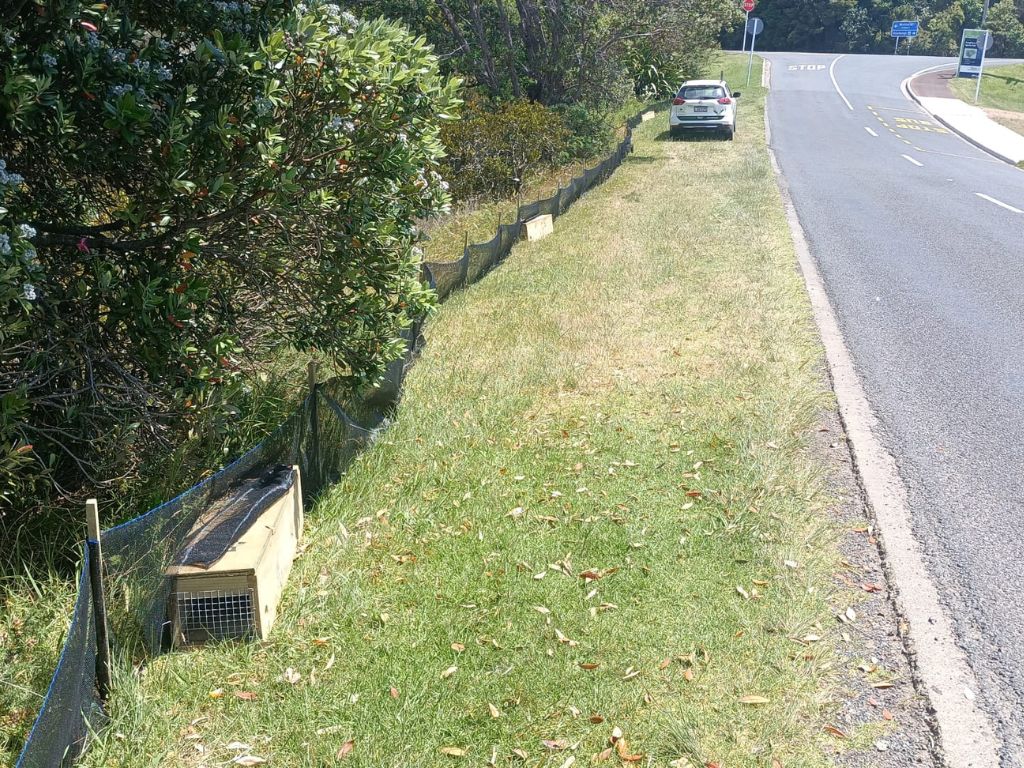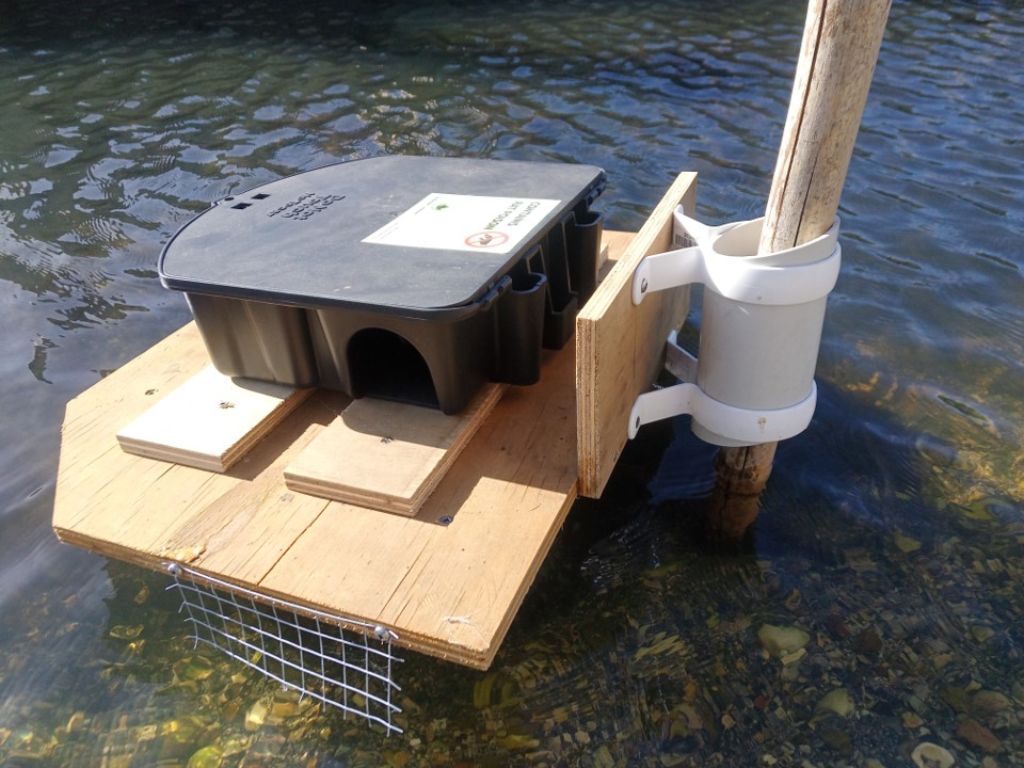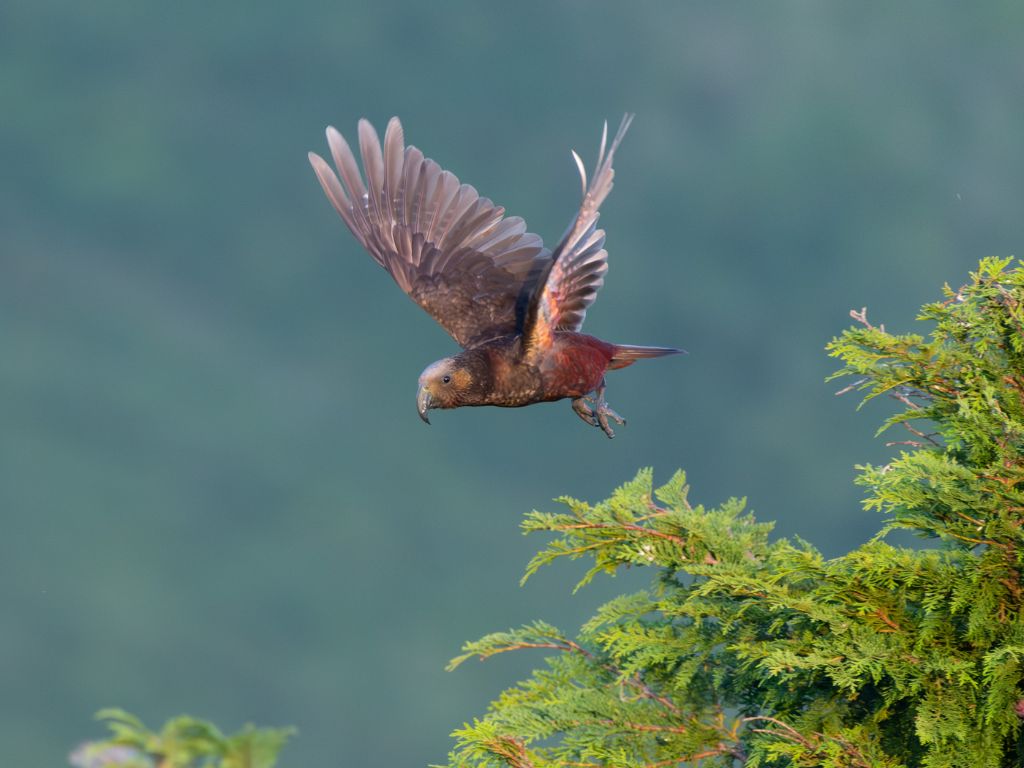An unlikely battle of wits is unfolding among the idyllic vineyards, tangled mangroves, and thriving native bush on Waiheke Island in Auckland’s Hauraki Gulf. No, it’s not a rivalry between winemakers — but between conservationists and the island’s last stoats.

After five years of tireless work, a network of 1750 traps, and the capture of more than 250 stoats, the Te Korowai o Waiheke (TKOW) team is in the final push toward eradication, with just a handful of stubborn stoats standing in the way.
Stoat operations manager Frank Lepera says trapping the bulk of the stoats was initially easy because of their sheer numbers, but the project has since become a victim of its own success.
Only the wary and clever animals are left after the initial knockdown of an introduced species in an area.
“Now it’s just really fine-tuning our efforts to target these last ones,” Frank says.
Following up on every tip-off from the public (via the special hotline 0800 BIRDSONG) and scent from the detection dogs, the team has become part detective and part inventor to outsmart their adversaries.
“It’s more than luck,” Frank says.
“We’re focusing on individual stoats and trying to see what their preferences are. It might be that one likes a certain food, or it might be moving through the environment and not looking for food.”
‘Think like a stoat’
Te Korowai o Waiheke’s ‘rat and stoat man’ or ‘the MacGyver of predator control’ Phil Salisbury has been with the project since its start in 2019.
He’s the creative mind behind some of the group’s most inventive traps, all inspired by an understanding of stoat behaviour and the environment.
One invention started with an outdoor couch cushion blown off a deck into the bush below. The team noticed the soft and bouncy cushions had become a playground for stoats.
“So we thought, if we build a trap buried within a cushion or pile of cushions, then stoats might interact with it and we might catch them. So we are trying to think like a stoat because they’re just so hard to catch,” Phil says.

Frank says it’s a mantra instilled across the team, all to increase their chances of a catch.
“Sometimes there’ll be a spider’s web inside a trap. If you were a stoat, would you want spiderwebs on your whiskers? Probably not. So we make sure to clear those things out.”
Inspiration for their most successful trap, named the Interceptor Fence, came following a visit to Shakespear Regional Park, a predator free fenced peninsula sanctuary in Auckland’s Gulf Harbour.

“They had an outer fence with a trap sort of in it, and we thought about how we could use that type of trap in our environment,” Phil says.
It was a reported sighting of a stoat running across the road, providing them with the opportunity.
Phil and Frank got to work creating a portable mesh fence with a trap installed diagonally.
“A stoat doesn’t want to be out in the open, so it’s looking crazily for where it could go and hide, and it goes into our trap,” Phil says.
It worked. And worked, and worked, eventually capturing seven more stoats around the island.
A trap for every occasion
The frustration of a stoat evading a well-placed trap is a driving force behind the team’s continued inventiveness.
There seems to be a modified trap for every environment, from sound and scent lures to cliff-top traps operated by pulleys and something called a ‘Salisbury Saucer’ — a four-entry trap to catch stoats regardless of what direction they come from.
“Any innovation that just helps get a stoat in is a win for us,” Phil says.
Each design undergoes a series of tests in Phil’s backyard before being released into the wild, and has cost, resourcefulness, and replicability at its heart.
“I came up with this idea of a bait station for rats that floats in the mangroves and pivots depending on the tide, with little ladders so a rat can swim to it and climb up,” Phil recalls.

The entire contraption is made from materials from the Waiheke Island Transfer Station and milk bottles donated by locals.
“It’s built in a way that a home handyman can build it, tweak it, install it, and be successfulsful.”
‘A lot noisier in the bushes’

And their work is paying off. The island has recently become the first urban area in Auckland where kiwi have been released, with 10 transferred from neighbouring Pōnui Island.
The number of kākā, a key indicator species of the stoat trapping programme’s success, has also increased by 388%, while the number of native birds has increased by 76% overall since 2020.
However, for Frank, Phil, and the team of volunteers and contractors, the numbers only tell part of the story.
“I always tell the team that whenever they see a kākā fly overhead and hear it making a racket, it’s saying ‘thank you’. Because they’re doing lots of hard work out there and it’s a really great reward,” Frank says.
Te Korowai o Waiheke is funded by Predator Free 2050 Ltd, Auckland Council and Foundation North.

